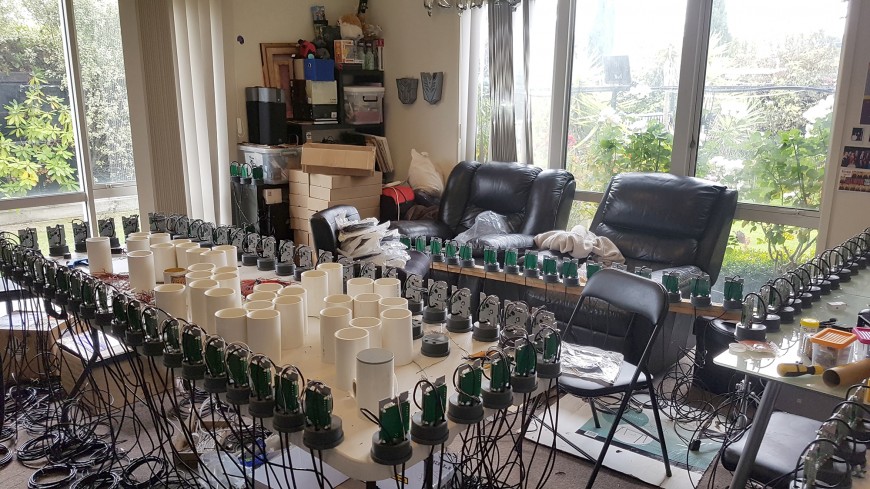Mapping soil temperature and moisture on hill country farms
We’ve been developing methods for monitoring and mapping soil temperature and moisture on hill country farms as part of the Hill Country Futures programme funded by Beef + Lamb New Zealand, the Ministry of Business, Innovation and Employment, Seed Force New Zealand, and PGG Wrightson Seeds.
Farm-scale information on the spatial and temporal dynamics of key soil properties such as soil temperature and moisture can drive yield models and help inform robust decision-making about pasture management. However, soil conditions can vary markedly with topography in New Zealand’s hill country landscapes. Currently available national data on these soil properties do not account for the effect of topography, such as the direction a hillslope faces (its aspect) and its slope or gradient, because they are derived from conventional meteorological stations that are usually sited on flat land. In addition, the national data are provided at a grid resolution (5,000 m), which is too coarse to inform decision-making in hill-country landscapes, where hillslopes are typically tens or hundreds of metres long.
The primary objective of this study was to determine whether we could map hill country soil temperature and moisture at the farm scale. We made predictions of the soil temperature and moisture on a grid with a resolution of 30 m, which enables us to assess the spatial variability of the soil properties within individual hillslopes or paddocks.
We installed wireless sensor networks (WSNs) at six hill-country sites across New Zealand. Each WSN had twenty sensor nodes that were designed to make hourly measurements of soil temperature and moisture at 30 cm depth and transmit the data to a cloud database. Data collection began in the middle of 2020 and continues.
The sensor nodes were famously constructed by J. Ekanayake in his home living room during New Zealand’s first COVID-19 lockdown in April 2020, a feat which was noticed by the Smithsonian Institution.

Figure 1: Assembly of the sensor nodes in J. Ekanayake’s living room during Covid-19 lockdown.

Figure 2: A sensor node at our Banks Peninsula (Canterbury) study site.
We fitted a statistical model called a generalised additive model to relate the measurements of soil temperature and moisture to other environmental variables thought to influence their spatial and temporal dynamics (for example slope, aspect, elevation). The models also accounted for the day of the year. We used the fitted models to produce daily maps of the soil properties at 30 m resolution for 1 year.
The models indicated that day of the year was the most important predictor of soil temperature and moisture, followed by elevation and aspect. Evaluation of the predictions using standard statistical measures of performance suggested that soil temperature was very predictable, but soil moisture was only moderately predictable. The quality of the soil moisture predictions may improve if the model is trained on a longer time series (e.g. three full years of data rather than two), or if additional sensors are installed in under-sampled landscapes (e.g. on steeper slopes).

Figure 3: Daily predictions of soil temperature at 30 m grid resolution for our Mt Somers (Canterbury) study site
Based on the results, we concluded that we could map soil temperature and moisture at the farm scale in hill-country landscapes. The farm-scale maps of soil temperature and moisture provide a platform that can be used to drive models that predict other agronomically relevant variables, such as pasture yield, to explore their spatial and temporal dynamics at the farm scale and inform decision-making on pasture management.

